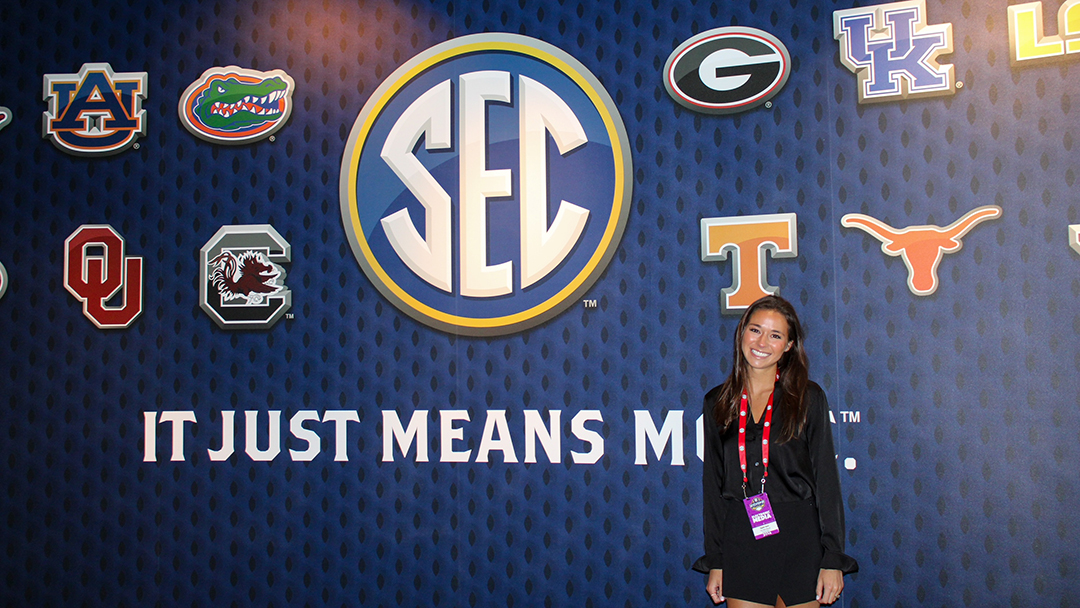Why $1.99 and not $2? That little penny makes a big difference.
What’s the deal with all the .99s we see at the grocery store?
You stroll through the bread aisle and grab an eight-pack of hot dog buns for $1.99.
You grab a 12-pack of Coca-Colas for $4.99. While you’re at it, you purchase a gallon
of tea for $2.99 and a pack of Bubba Burgers for $8.99. Thinking your party might
turn festive, you grab two bottles of Chianti for $12.99 each.
 Why not just round the prices up?
Why not just round the prices up?
“There’s a hypothesis in the retail industry that customers ignore everything after
the decimal,” explains associate professor of marketing Dan Padgett, who studies the
psychology of pricing. “If something is $14.99, then the customer often sees the $14
and ignores the .99. It’s a way to capture more every time you sell a product.”
“We’ve done some research where we have stopped people at the grocery store and asked
them, ‘Give us an estimate of how much is in your buggy,’” Padgett notes. “We asked
them to literally predict how much they had spent so far. They’re not very good at
it (suggesting again that customers ignore the $.99 attached to most grocery items).”
Padgett, who co-authored pricing research “Left Behind: The Potential Downside of
Odd-Ended Pricing” with fellow Harbert College associate professor James Carver, identified
another motive behind the .99 pricing. “Part two … there is also a hypothesis out
there that if the customer sees the .99, they take it as a small discount from whatever
the next integer must be,” he says.
Instead of paying $30 for a new shirt, the consumer pays $29.99 and goes home feeling
he got a deal.
But odd-numbered pricing that ends a penny short doesn’t work best for all products
or services, Padgett says. “You don’t always see it when you go into the jewelry store,
for example, and you’re looking at a necklace. The reason why you don’t see it that
way, at least in the better stores, is because they realize that the price communicates
the luxury and the value of an item. In that scenario, the zero helps you rather than
having .99 endings.”
This philosophy doesn’t necessarily apply only to luxury items. Prices for high-risk
services, too, should not end in .99s. “Think about LASIK surgery,” Padgett says.
“If you can get your LASIK done for $299.99 an eye versus $300, it is way more preferred
to use the $300. Why? It’s a high-risk service and as a result, I want that to be
more valuable and, hence, the communication of the price leads me to believe it has
higher value or comes with a better quality. The assumption is prices that end with
.99s are discounted. I don’t want discount on something that’s high risk.”
The next time you go shopping for everyday household items, or must undergo an important
procedure, think about the listed prices and the strategy behind them.
“Pricing is often misunderstood, and it’s often used as a heavy-handed weapon,” Padgett
says.

 Degrees & Programs
Degrees & Programs
 Faculty & Staff
Faculty & Staff
 Career Development
Career Development
 Recruiters & Industry
Recruiters & Industry
 Why not just round the prices up?
Why not just round the prices up?

